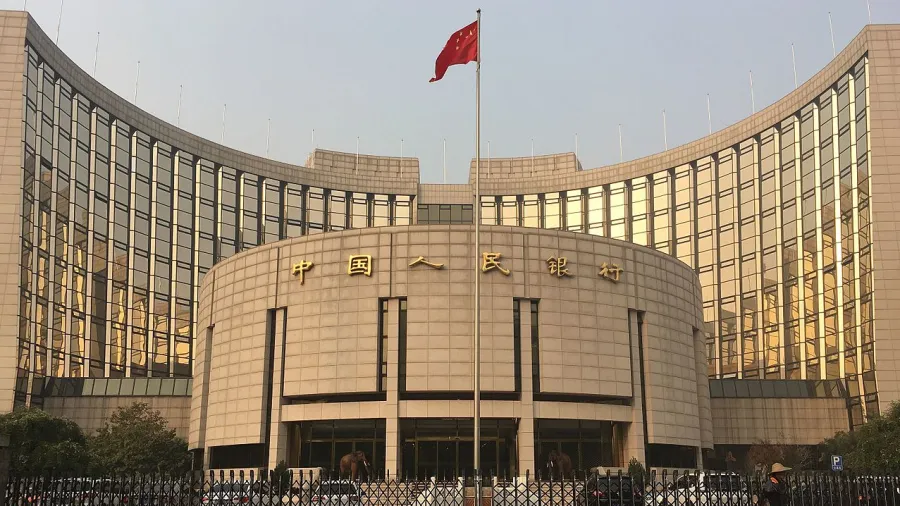
How will China’s new rules on asset classification affect banks?
The new measures expand on classifying asset risks of banks.
In July, China’s Measures for the Risk Classification of Commercial Banks’ Financial Assets is coming into effect.
In contrast with the old measures, which primarily measure risk through bad loans, the new measures cover all financial assets that bear credit risk. These include bonds and other investments, interbank assets, receivables, and off-balance-sheet items. It excludes trading financial assets and derivative assets.
How exactly will this improve banks’ transparency and asset risk classification in general? Asian Banking & Finance reached out to experts from Fitch Ratings, S&P Global Ratings, and Moody’s Investors Service to learn more about this:
Elaine Xu and Vivian Xue, directors, financial institutions, Fitch Ratings:
"China’s new asset risk classification will strengthen banks’ reporting standards and gradually reduce inconsistency in their financial asset classification, says Fitch Ratings.
Successful implementation will reduce management discretion over the recognition of asset impairments, and if executed consistently, would improve the banking sector’s overall reporting practices and transparency. These are potentially positive for our assessment of Chinese banks’ operating environment (BBB-/stable) and their asset quality. However, the rules do not eliminate the potential for regulatory intervention or forbearance over asset classification, and the extent of the disclosure may also impact the effectiveness of the new rules.
We expect the specific standards to accelerate non-performing asset (NPA) recognition in China’s banking system once fully implemented, as they necessitate asset-impairment recognition more broadly and more consistently across banks.
On average, smaller banks are more likely to report lower non-performing loan ratios than impaired-loan ratios (under IFRS), suggesting potentially more lax asset-impairment recognition at the smaller banks.
We view smaller lenders as also more prone to practice weaker underwriting standards and have higher portfolio concentrations. As such, smaller banks will likely face larger disruptions as they transition to comply with the new framework, adding to their already heightened capital pressure, which can further restrain asset growth."
Ming Tan, CFA, S&P Global Ratings
China's risk classification of problem assets will get stricter under the new rules. This will minimize opportunities for regulatory arbitrage. The new measures could improve asset quality indicators for banks by making them more reflective of macroeconomic trends and corporate health. This could reduce the somewhat counter-intuitive phenomenon of asset quality improving through periods of economic stress.
The measures could lead to tighter recognition of restructured loans by addressing some questionable practices, given the vagueness of current rules. Nonetheless, restructured loans can now be classified as special mention loans, which are more relaxed than matured banking systems that typically classify such exposures as non-performing loans (NPL). The observation period for restructured assets has also been extended to one year from six months.
Improvements in disclosures will not happen overnight. In our view, significant strides in information quality will take several years, especially amongst weaker banks with less capital buffer to absorb higher recognition of bad loans. The new measures will apply to new businesses from 1 July 2023, whilst existing exposures have until end-2025 to meet regulatory standards.
The stress in the property sector, as well as risks amongst local government financing vehicles, could take time to be fully reflected in banks' reported numbers, especially for those aggressive regional banks.
Moody’s Investors Service:
The detailed directions on risk classification will gradually close the gap between impaired loans and non-performing loans and improve the transparency and disclosure of banks' asset quality. As a result, we expect some mid-sized banks and small regional banks to report higher NPL ratios, whilst large banks will be less affected as they already follow stringent risk classification standards.
The measures also improve banks’ risk classification by focusing on the debt-servicing capability of borrowers instead of on a single loan. They stipulate that if 10% of a non-retail borrower's debts from a bank are classified as non-performing, all of its debts from the bank should be classified as such. Additionally, if 20% of a non-retail borrower’s debts from all commercial banks are overdue for more than 90 days, banks should classify all of its debts as non-performing.

 Advertise
Advertise



